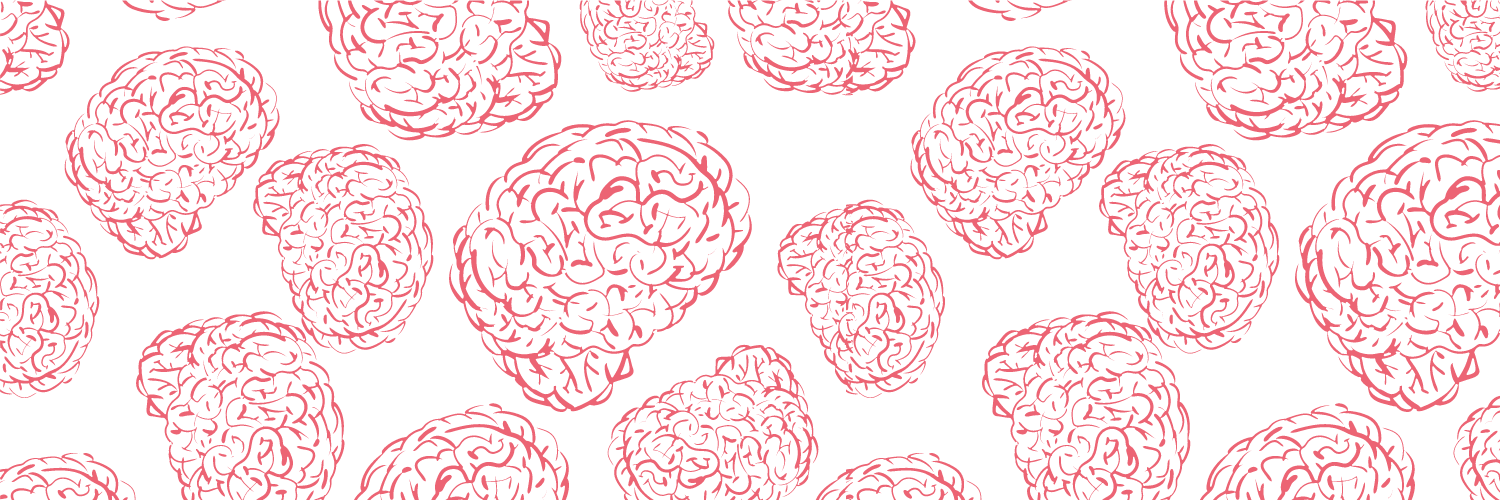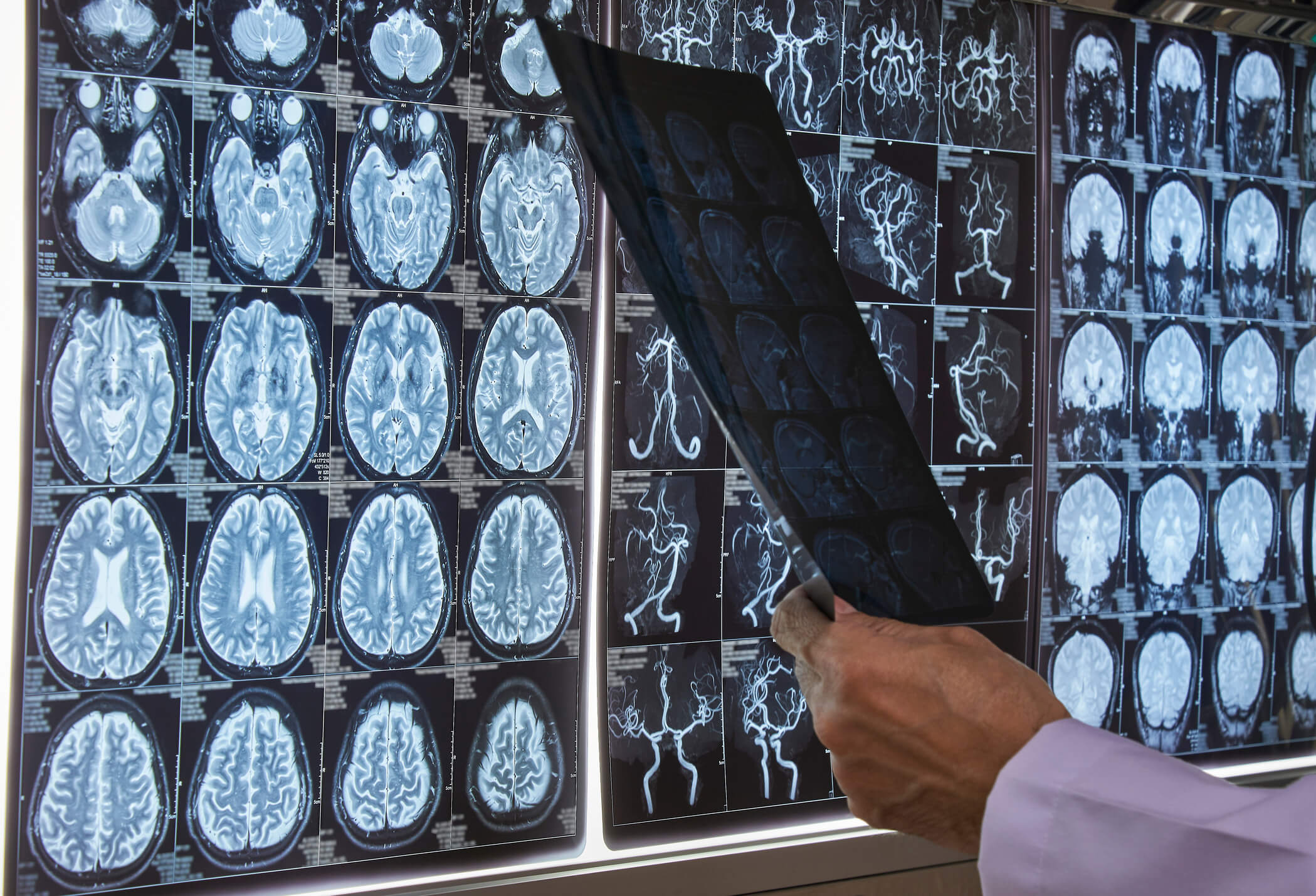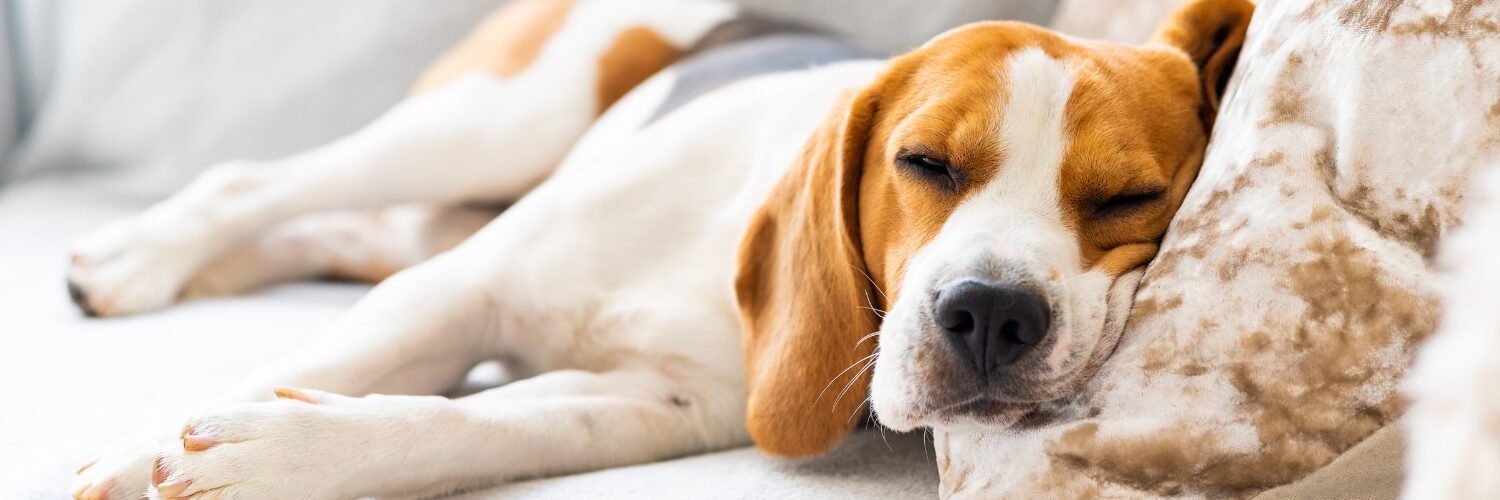What Is Mirror Therapy?
Mirror therapy (also known as mirror visual feedback, or MVF) involves using a mirror to trick the brain into thinking a weakened or paralyzed limb is moving normally.
A mirror is placed vertically between the arms or legs, so it reflects the movements of the stronger limb while the affected limb is hidden. As the person moves their unaffected limb and watches the reflection, the brain interprets this visual as the weaker limb functioning properly.
This simple technique can activate areas of the brain responsible for movement, reduce pain, and support neural rewiring—especially in stroke survivors working to regain control of one side of the body.
How Mirror Therapy Works
Here’s a basic setup:
- A mirror is placed so the unaffected limb is in front of it, and the affected limb is hidden behind it.
- The stroke survivor moves the stronger limb, such as opening and closing a hand or lifting an arm.
- The mirror reflects the movement, creating the illusion that both limbs are moving equally.
This visual illusion can help:
- Stimulate mirror neurons and motor pathways in the brain
- Reduce pain or disuse of the affected limb
- Encourage neuroplasticity, the brain’s ability to adapt and reorganize
Over time, repeated sessions may help improve strength, coordination, and body awareness.
Benefits of Mirror Therapy for Stroke Recovery
- Motor Recovery
Helps retrain the brain to control the weakened limb, improving strength and coordination. - Pain Reduction
Especially helpful for reducing discomfort, tension, or complex regional pain syndrome (CRPS) in the affected limb. - Better Body Awareness
Seeing the reflected limb in motion can help stroke survivors reconnect with the affected part of the body, improving self-image and confidence. - Increased Range of Motion
Regular practice can improve joint mobility and ease of movement. - Improved Independence
As motor function improves, so does the ability to perform daily tasks like dressing, cooking, or walking.
Common Uses of Mirror Therapy
Mirror therapy is highly adaptable. Some common exercises include:
- Hand and finger movements: Opening and closing the hand, tapping fingers, or gripping small objects.
- Ankle and foot movements: Flexing and pointing the foot, or practicing toe lifts.
- Walking practice (mirror gait training): Watching the reflection of a walking motion to retrain balance and rhythm.
- Facial therapy: For those with facial palsy, using a mirror to improve symmetry and regain control over facial muscles.
Is Mirror Therapy Right for You?
Mirror therapy is simple, inexpensive, and can often be done at home with guidance from a therapist. It’s not a replacement for physical or occupational therapy—but it can be a powerful supplement.
If you or your loved one is recovering from stroke-related weakness, ask a rehabilitation professional whether mirror therapy could be a good fit.
Final Thoughts
Recovery after stroke takes time, support, and creativity. Mirror therapy is one of many tools that can support healing by tapping into the brain’s natural capacity to adapt.
By starting small and staying consistent, stroke survivors can build new connections between mind and body—often starting with a single reflection.
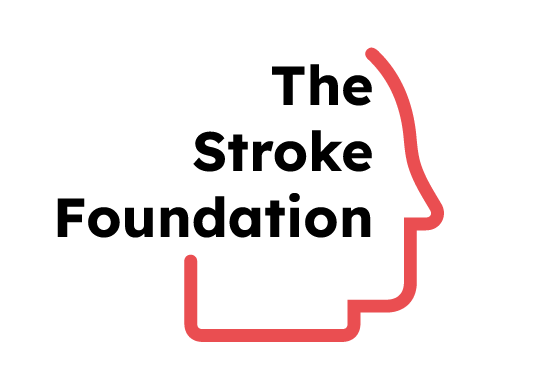
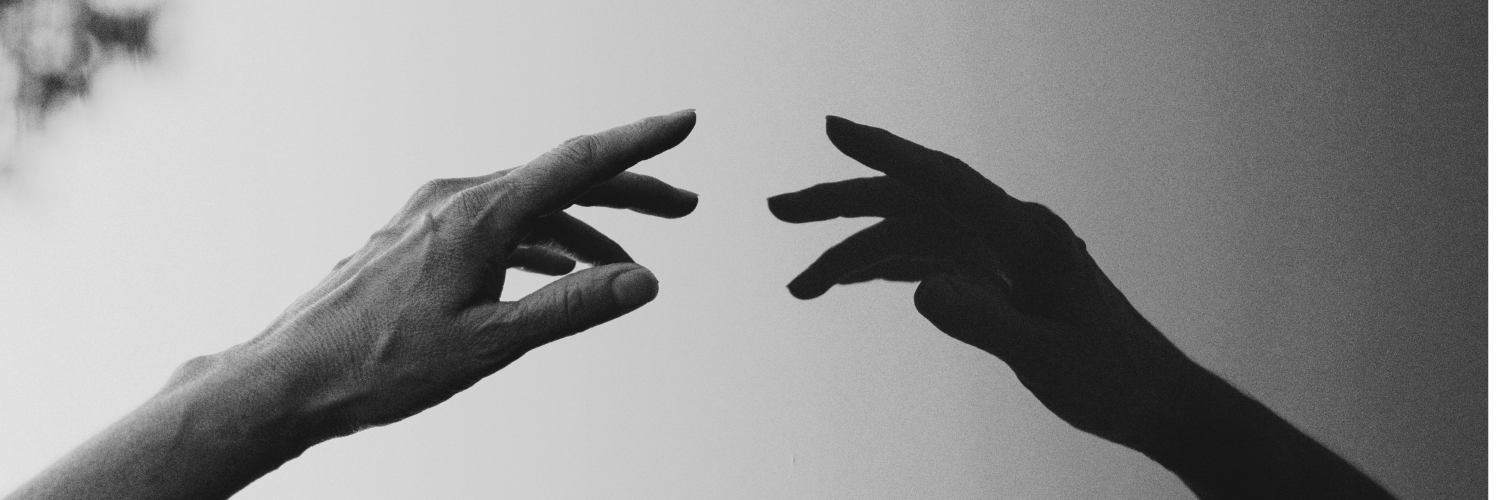
%20(2)%20(1).png)
